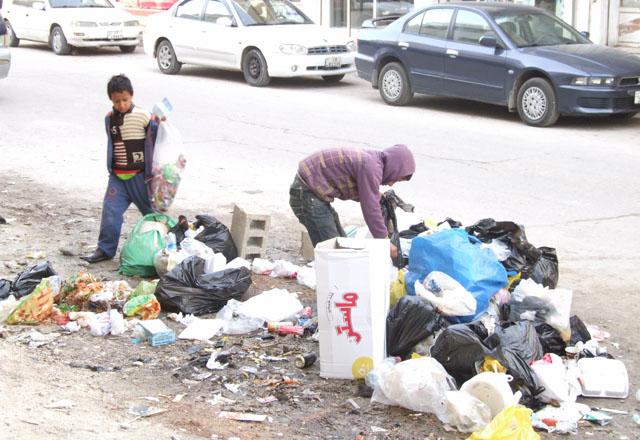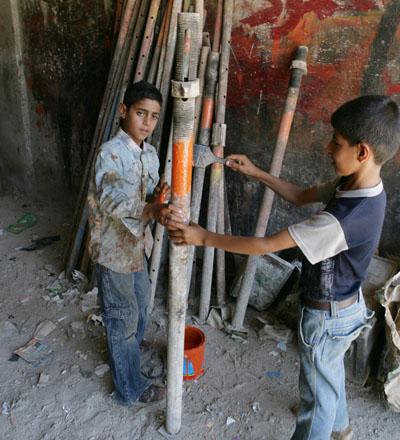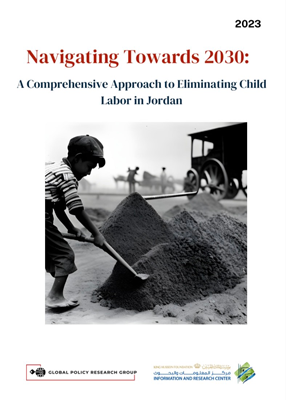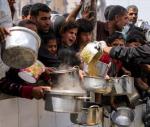You are here
Scavenging a new hazardous field of child labour — research paper
By Hana Namrouqa - Feb 26,2014 - Last updated at Feb 26,2014

AMMAN — Scrap collection is a new form of child labour that poses physical, psychological and moral hazards to children in the Kingdom, a research paper released on Wednesday warned.
An increasing number of children are seen, either alone or in the company of their families, searching through garbage containers for reusable items as well as on dumpsites, the research paper on children engaged in scrap collection indicated.
It noted that these children work between nine and 12 hours per day, face the risk of injuries and car accidents and do not eat proper meals.
In addition, they are exposed to bad weather conditions, exploitation and abusive language, as well as fumes emanating from garbage, such as methane.
The possible health effects of inhaling methane in high concentrations include higher breathing and pulse rates, a lack of muscular coordination, emotional upset, nausea and vomiting, loss of consciousness, respiratory collapse and death, according to the research paper.
The study is part of the “My Dream…My Right” national campaign, which was launched on Wednesday by Save the Children.
The campaign is organised under Save the Children’s Promising Future project, which seeks to reduce child labour in the Kingdom by providing educational services and strengthening the livelihoods of the families of working children, according to organisers.
The national campaign also features the launch of a short documentary titled “Living on Scrap”, as well as research findings related to three themes: homebound girls, children in scrap collection and a student risk assessment.
In addition, it will include an awareness campaign and the development of key policy recommendations, according to the organisation.
Labour Ministry Secretary General Hamadah Abu Nejmeh said the problem of child labour has increased over the past two years due to the Syrian crisis and its impact on the national economy.
“There is a real problem regarding the actual number of working children, the sectors where child labour is most common, and miscoordination between agencies and entities dealing with child labour issues and refugees,” Abu Nejmeh added during the event.
Official figures put the number of working children in the Kingdom at around 30,000. According to the law, the minimum age for regular work is 16, and 18 for hazardous work, which the Labour Ministry defined in 1997 as dangerous, tiring or harmful to the health of juveniles.
The research paper cited scrap collection as one of the worst forms of child labour, noting that these children work because their income is needed to support their families.
The paper also concluded that although Jordan is committed to combating exploitative child labour, at present Syrian children are being pushed into working because their parents are not allowed to work.
According to the
UNCHR, 107,300 Syrian refugees registered in Jordan are children aged between one and four, while around 117,000 are under 11 years.
Saba Mobaslat, director of Save the Children programmes in Jordan, noted that despite the government’s efforts to develop a legal and policy framework to eradicate exploitative child labour, significant gaps in the system still exist.
She said the current legislation offers no protection for children engaged in the worst forms of child labour, highlighting that although education is mandatory until the age of 16, this law is currently not enforced.
Related Articles
The Labour Ministry fined and issued warnings to 74 institutions in March for employing children, a government official said Monday.
AMMAN — Poverty, weak market regulation, gender roles, a lack of access to education and migration status are the main drivers of chil
AMMAN — Marking World Day Against Child Labour, the Higher Population Council (HPC) stressed the need to intensify national and internationa

















